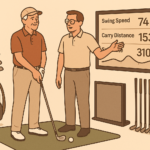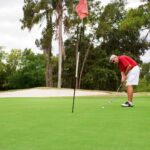Join Our Senior Golfers Newsletter!
Sign up today and receive your free Golf After 60 Bonus Stretch Guide!
Whether you have been playing golf for a long time or have only recently picked up the sport, being a senior golfer can present its own challenges. As we age, physical changes and factors related to our age can affect our performance on the golf course. But don’t worry! With the right techniques and approach, senior golfers can still have a great time playing the game and perform well on the fairways. In this post, we will explore three best golf tips that are specifically designed to help senior golfers improve their game.
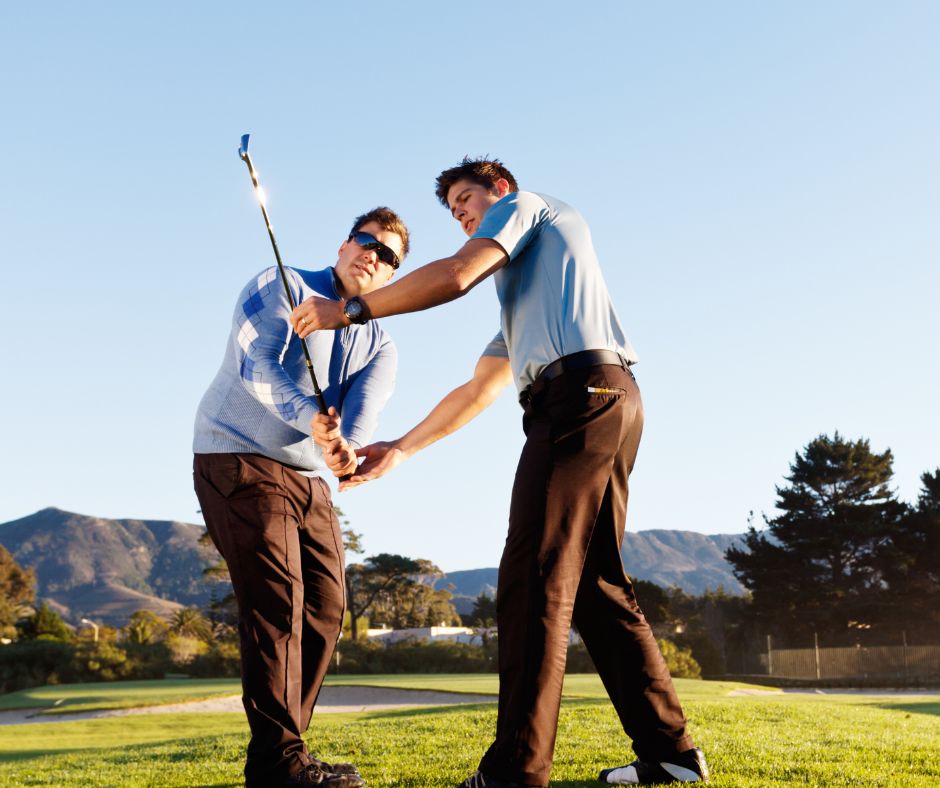
Best Golf Tips: 3 Best Tips for Senior Golfers

You should consider incorporating exercises like shoulder rotations, hip hinges, and gentle back stretches into your warming-up routine. Regular stretching can improve your range of motion, encourage better posture, and reduce the risk of injury during your round. It may also be beneficial to perform flexibility exercises off the course, such as practicing yoga or doing Pilates, as these activities can provide long-term benefits for your golf swing and overall well-being.
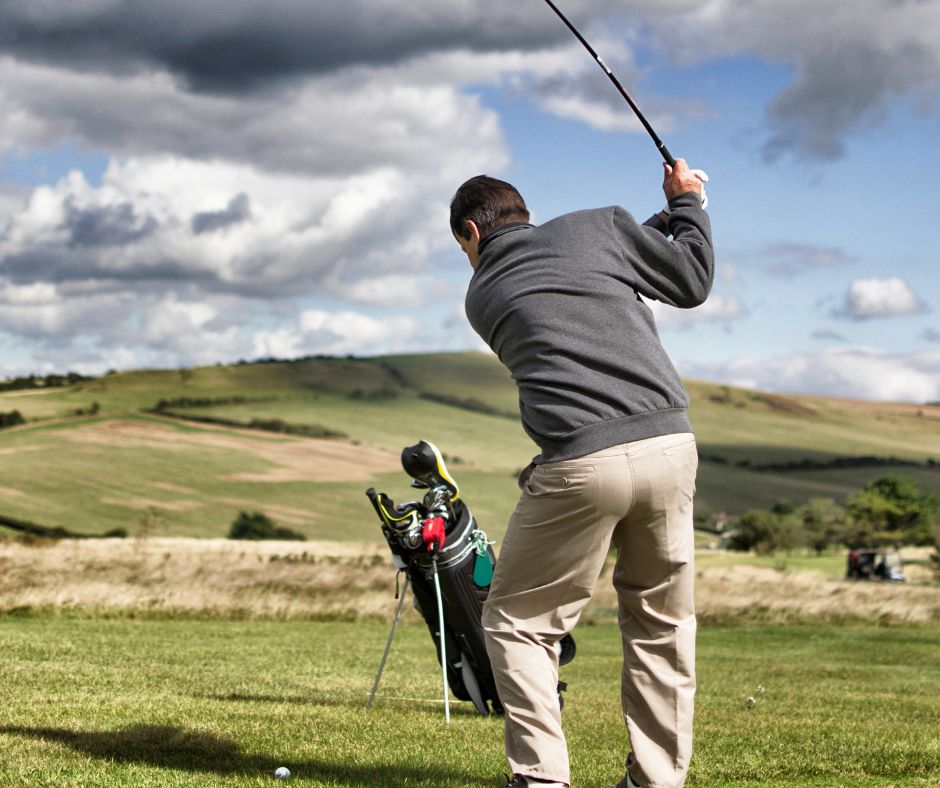
One effective technique for senior golfers is to slightly shorten the backswing, as this adjustment can help you maintain control and balance. With this modification, you can achieve a more controlled downswing, resulting in improved accuracy. Remember, it’s not the length of your swing that matters most, but the quality of the movement. Working with a golf professional or coach to refine your swing mechanics according to your physical abilities can be extremely helpful.

Strategic decision-making involves carefully selecting clubs, aiming for safer targets, and avoiding high-risk shots. Instead of constantly going for aggressive shots, focus on positioning yourself well on the fairway and setting up manageable approaches to the green. Smart course management not only helps you avoid unnecessary obstacles, but it can also reduce physical and mental fatigue during your round.
Additionally, taking advantage of golf technology, such as GPS devices or rangefinders, can enhance your decision-making process by providing accurate yardages and helping you gauge distances more effectively. These tools offer valuable insights into the course, enabling you to make more informed choices and approach each shot with confidence.
Here are some other tips for senior golfers:
To conclude, senior golfers can still enjoy and perform well in the game by implementing a few key strategies. Prioritizing flexibility exercises and warm-up routines, adjusting your swing for consistency and efficiency, and incorporating intelligent course management into your game plan can make a substantial difference in your performance. By following these three tips and practicing consistently, senior golfers can continue to experience the joy of golf and achieve their desired results on the course. So grab your clubs, head to the fairways, and savor the wonderful game of golf!
I hope these tips help you to improve your golf game and enjoy the game for many years to come.
Use the golf tips below in order to improve your golf takeaway. The takeaway takes place immediately as you begin your golf swing – after the golf setup – and ends when the club is parallel to the ground which is when the backswing begins. The way you start your swing during the takeaway will have consequences on every swing sequence that follows.

During the takeaway the club should be brought back in line with the target line. Specifically, this means that when the shaft of the club is parallel to the ground the club should be pointing straight ahead on a line that is parallel to the target line.
This is in contrast to a club that would be pointing towards the right of the target (going back inside) or one that would be pointing towards the left of the target (going back outside).
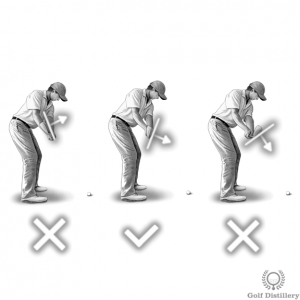
At the end of the takeaway – when the club shaft is parallel to the ground – the direction the clubface is facing is of particular importance.
Indeed, for shots that will penetrate through the air with all the possible vigor and in a straight line the leading edge of the club should tend to point towards the ground slightly, towards the ball.
This is in contrast to seeing the clubface pointing towards the sky (open) or towards the ground at a too steep angle (too closed).

Another area to focus on during the takeaway concerns the way the wrists are hinging, and how soon they are.
Ideally, you will want to see the shaft of the club reach the position where it is parallel to the ground through the hands moving away from the front of your body via shoulder rotation. This is in contrast to seeing the clubhead rising very quickly through an early wrist hinge, which is not ideal for most normal shots.

At address a triangle of the isosceles variety is formed by the butt of the club and your two shoulders as your hands are located directly in front of your chest.
During the takeaway this triangle is to be kept intact.
This means that as your hands are moved to the right they should do so using the rotation of your upper body (shoulders) in a way that your hands remain in front of your chest. This is contrast to moving your hands without rotating your upper body, which is achieved by the collapse of the right elbow.
Failure to keep your chest from facing your hands at this stage will lead the club into an incorrect path that will translate into issues as you progress with your swing.

